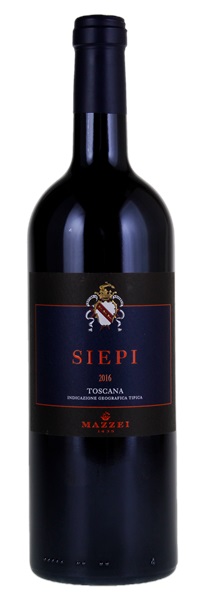
What a beautiful nose of elderberries, freshly picked blackcurrants, citrus, herbs, licorice and crushed stones, amidst a backdrop of coffee beans, cedar and vanilla. Full-bodied and very subtle...an impressive balance of fruit and acidity. Long, grainy and elegant on the finish. A masterpiece.
...a luscious and soft wine that oozes forth with dark berry intensity. The fruit is compact and dense. This wine performs beautifully in terms of aromas, but the mouthfeel is especially fine-tuned and elegant in this classic vintage. Dark fruit is followed by spice, tar, rose bud and sharp mineral nuances...
...a big, rich wine. In 2016, the Merlot is especially prominent. Black cherry jam, torrefaction, spice, leather, menthol and new French oak are all pushed forward. Time in the glass brings out a good bit of aromatic freshness to balance things out...a potent, seriously concentrated wine.
...lively cherry and blackberry fruit, accented by vanilla and toasty oak notes. Offers a mineral undercurrent and a finish of smoke and iron notes.